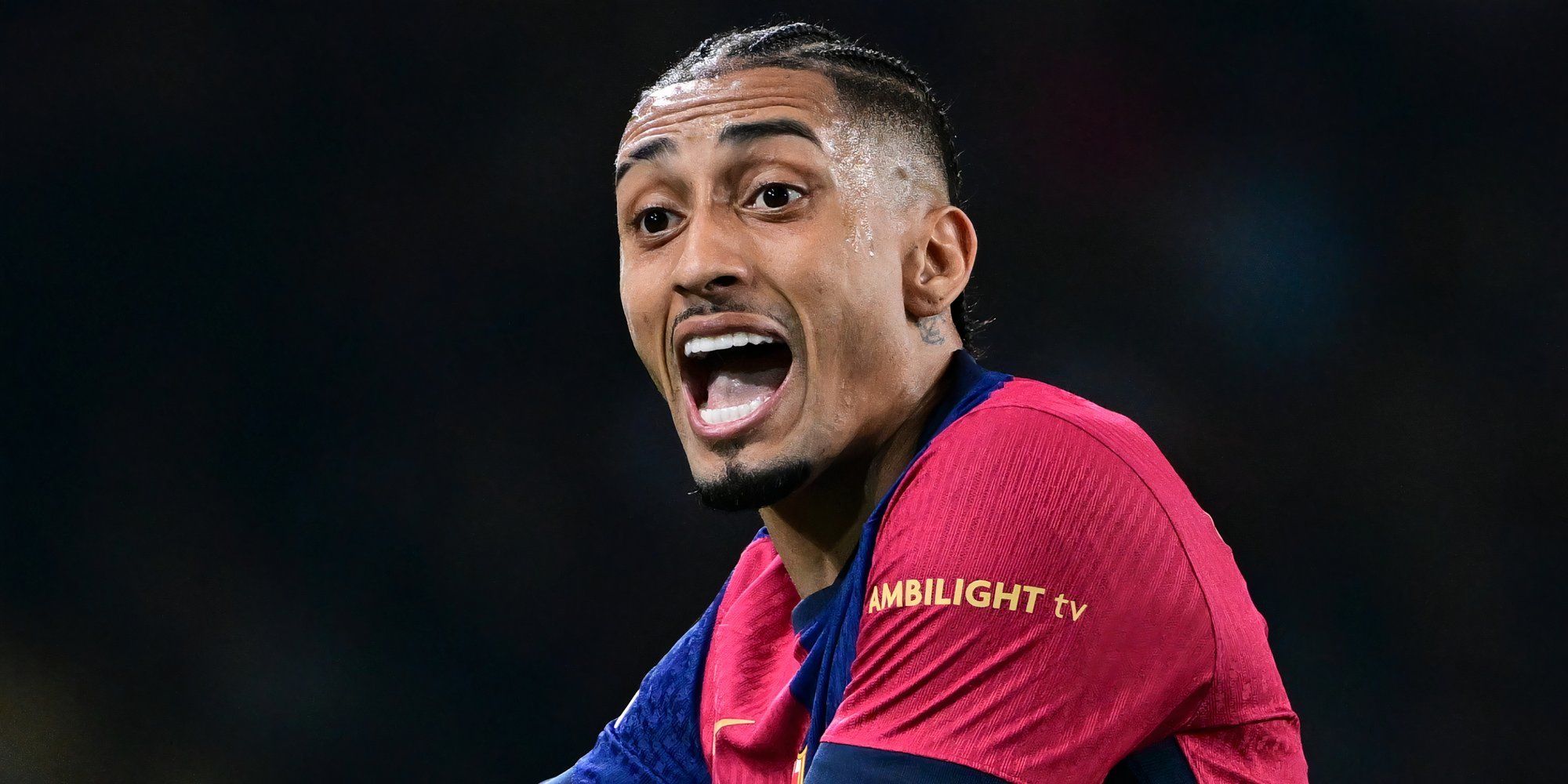
Tactical Breakdown: How Real Madrid Outmaneuvered Barcelona in El Clásico
On May 6, 2025, the footballing world turned its gaze to the Santiago Bernabéu Stadium as Real Madrid clashed with Barcelona in a high-stakes El Clásico. Both teams were embroiled in a fierce battle for supremacy in LaLiga, making this match pivotal not just for rivalry bragging rights but also for the title race. Real Madrid emerged triumphant with a convincing 3-1 victory, showcasing their tactical prowess and execution in a match that will be remembered for its intensity and skill.

Key Tactical Framework
Formation: Real Madrid opted for a flexible 4-2-3-1 formation, which allowed them to achieve a balance between defensive solidity and attacking creativity. This setup enabled them to control the midfield while also providing support to their forward players.
Pressing and Counter-Attacking: Madrid's game plan revolved around a high pressing strategy that effectively disrupted Barcelona's attempts to build from the back. They forced errors from their opponents, creating opportunities to counter-attack swiftly. The quick transitions were particularly evident during the build-up to their goals, showcasing their tactical efficiency.
Player Performances
-
Kylian Mbappé: The French international was undoubtedly the standout performer, scoring two goals that highlighted his exceptional finishing ability. His combination of pace and technical skill continually created problems for Barcelona's defense, making him a constant threat throughout the match.
-
Vinícius Júnior: The Brazilian winger also made a significant impact, netting Real Madrid's third goal. With Barcelona's high defensive line, Vinícius exploited the spaces behind the defense, showcasing his speed and agility, which were crucial in breaking down Barcelona's structure.
-
Luka Modrić: The veteran midfielder played a critical role in controlling the tempo of the game. Modrić's ability to maintain possession under pressure and deliver key passes helped facilitate Madrid's attacking movements, proving that experience can be invaluable in high-pressure situations.
Barcelona's Struggles
Barcelona, managed by Xavi Hernández, adopted a 4-3-3 formation that typically emphasizes possession and high pressing. However, during this encounter, they faced considerable difficulties. Despite enjoying a majority of the ball, with 62% possession, they only managed one shot on target from ten attempts, a statistic that underlines their inefficiency in front of goal.
Their inability to penetrate Madrid's organized defense was a major factor in their defeat. The team relied heavily on individual brilliance but lacked cohesion in attack, often finding themselves outmaneuvered in the midfield battle.

Implications for the Title Race
Real Madrid's victory over Barcelona tightened the LaLiga title race, bringing them to within three points of their rivals. With both teams now nearing the season's climax, the implications of this match extend far beyond just points on the table. Madrid's tactical adjustment and execution demonstrated their readiness to challenge for the championship, while Barcelona must reassess and adapt if they aim to maintain their position at the top.
The match's outcome also highlighted the evolving nature of both clubs under their respective managers. Madrid's approach appears to be increasingly effective, while Barcelona must address their tactical frailties and find a way to convert possession into meaningful opportunities.
Conclusion
Real Madrid's tactical execution in this edition of El Clásico not only secured a vital win but also reinforced their ambitions of reclaiming the LaLiga title. With standout performances from key players and a solid game plan, they appear poised for a strong finish to the season. As the title race heats up in the coming weeks, fans can anticipate further thrilling encounters that will shape the future of Spanish football.
For ongoing updates and insights on LaLiga, fans can refer to the BBC Sports Football and The Guardian Football.